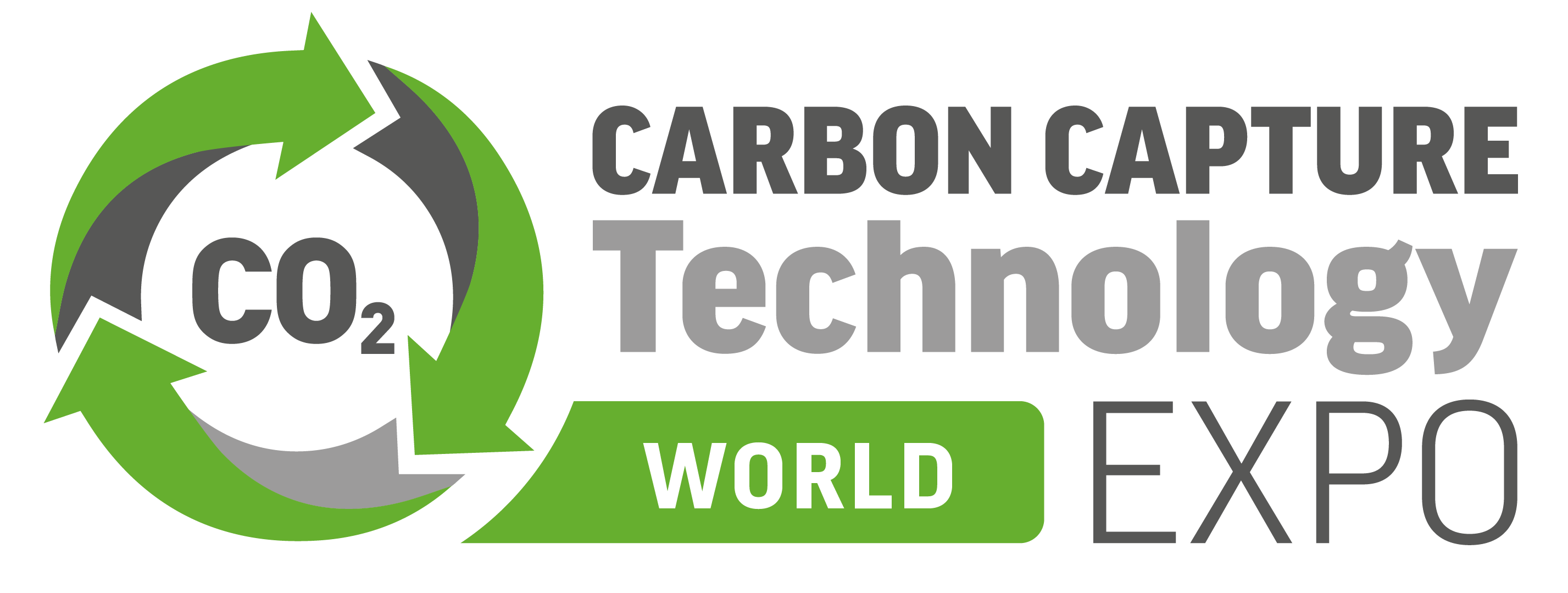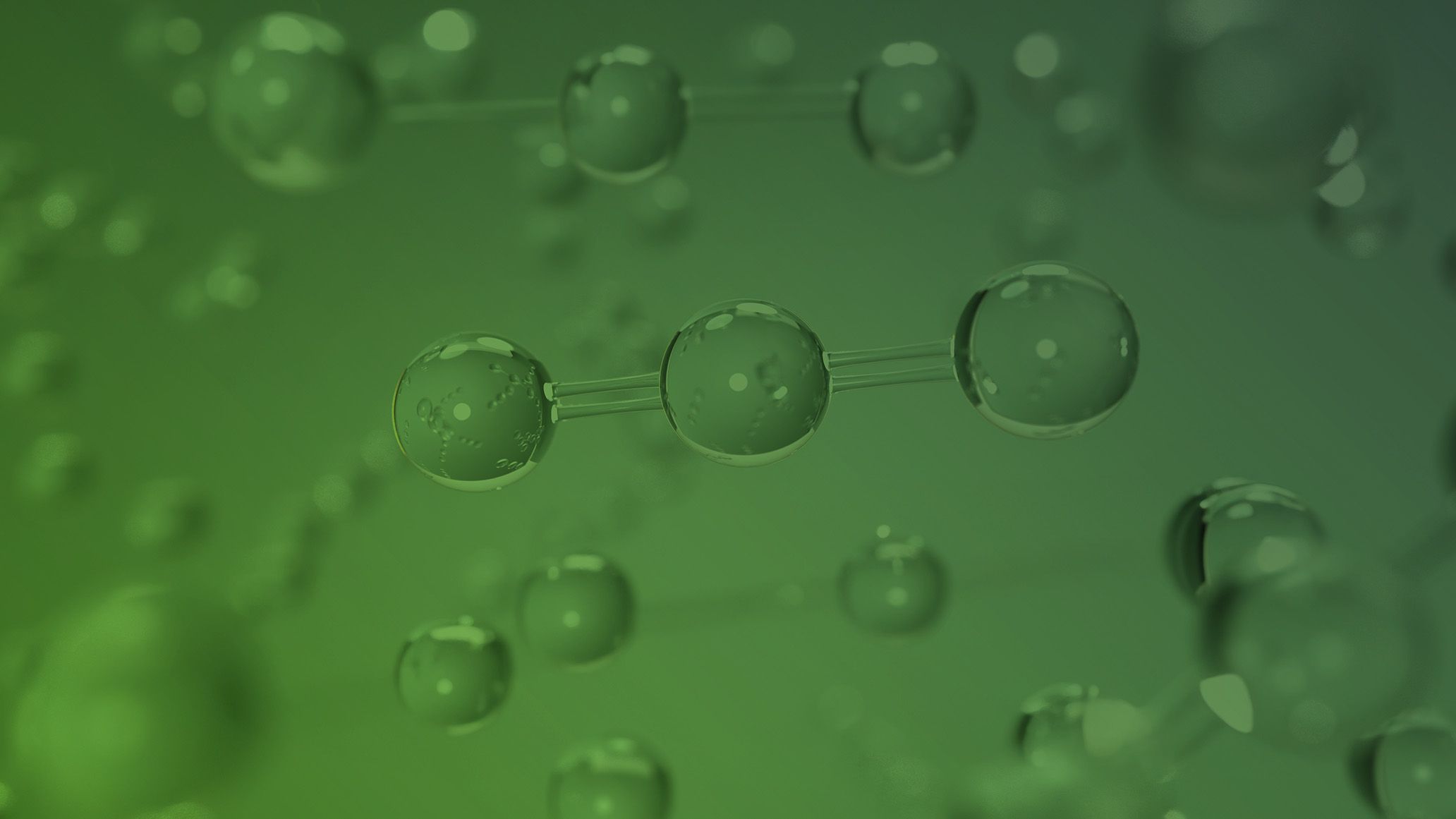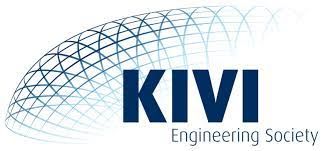Carbon Centric has awarded Technip Energies with a carbon capture contract
)
The new project that Technip Energies has been awarded the contract for by Carbon Centric, will be specifically designed to capture an estimated ten thousand tons of carbon dioxide every year. Capturing this amount of carbon dioxide, would be the equivalent of capturing more than 90% of the emissions produced by the Rakkestad waste incineration plant, which is operated by Østfold Energi.
The new carbon capture plant will be owned and operated by Carbon Centric and it will have a system that is designed to purify and liquify the carbon dioxide, so that it can be stored and loaded onto the trucks, making it suitable for transportation. There are also plans for this project to involve techniques such as heat integration and energy optimisation. These capabilities will ensure that the delivery of energy from the plant is effectively maintained and goes through minimum impact.
It has already been decided that the project will use Canopy C10, as this is a solution from Technip Energies Carbon Capture range of solutions Canopy by T.ENTM. This solution uses Shell CANSOLV® technology. This technology was developed through inspiration from KANFA’s decades of experience. KANFA is a company that provides process and carbon capture solutions, the company works with Shell Catalysts & Technologies. This collaboration focuses on conducting EPF (Engineering, Procurement and Fabrication services. KANFA has also spent lots of time gaining experience with deliveries of modular process systems, including multiple carbon capture pilots, which they have delivered to a variety of customers spread throughout the world. Due to the success that has been seen with the technology that KANFA uses for its deliveries, the C10 capture plant has been developed and modularised in order to access the benefits that KANFA’s technology provides. KANFA is also Technip Energies’ Norwegian entity and it is through KANFA’s well-known work, that helped them win the contract.
There are multiple partnerships involved within this new project, for instance, along with the pre-established connection between KANFA and Technip Energies, this innovative project is a joint collaboration between Carbon Centric and KANFA. Through this collaboration, the two companies are exploring the possibility of offering capture-as-a-service to small-scale emitters. This has been spoken about as a possibility because, it has been shown by the Rakkestad project, that smaller incinerators will benefit from modular carbon capture, as this technique enables a cost-efficient solution.
In order to make this project as successful as possible, Technip Energies and Shell Catalysts & Technologies have agreed on an alliance and a plan to create and manage the marketing side of this project. Together these companies will work on the marketing, licensing and execution of projects which are using Shell’s CANSOLV® technology, which is used for carbon capture systems.
SVP of Decarbonization Solutions, Technip Energies, Christophe Malaurie, commented, “We are very proud to deploy through KANFA our Canopy by T.ENTM modular solution in Norway and support with Carbon Centric the decarbonisation of small emitters with innovative fit-for-purpose solutions. As a leading net-zero enabler, we combine best-in-class technologies, proven project delivery track record, and innovative models to support our clients across sectors and geographies in their net zero journey. We are part of the solution and this award with Carbon Centric is an example of our commitment.”
Chief Commercial Officer and co-founder, Carbon Centric, Kenneth Juul, mentioned, “We are excited to jointly develop this project with Technip Energies. This is the first of many carbon capture plants Carbon Centric will build, own and operate. We currently have an additional three plants under development. Our model reduces the risk for emitters and even removes the financial burden. This is clearly interesting for many emitters. We welcome potential partners across Europe to visit this plant in Norway next year, to discuss possibilities for collaboration.”




)
)
)
)
)
)
)
)
)
)
)
)
)
)
)
)
)
)
)
)
)
)
)
)
)
)
)
)
)
)
)
)
)
)
)
)
)
)
)
)
)
)
)
)
)
)
)
)
)
)
)
)
)

)
)

)
)
)
)
)
)
)
)
)
)


)
)
)
)
)
)

)
)

)
)
)
)
)
)
)
)

)
)
)

)
)
)
)
)
)
)
)
)


)
)
)

